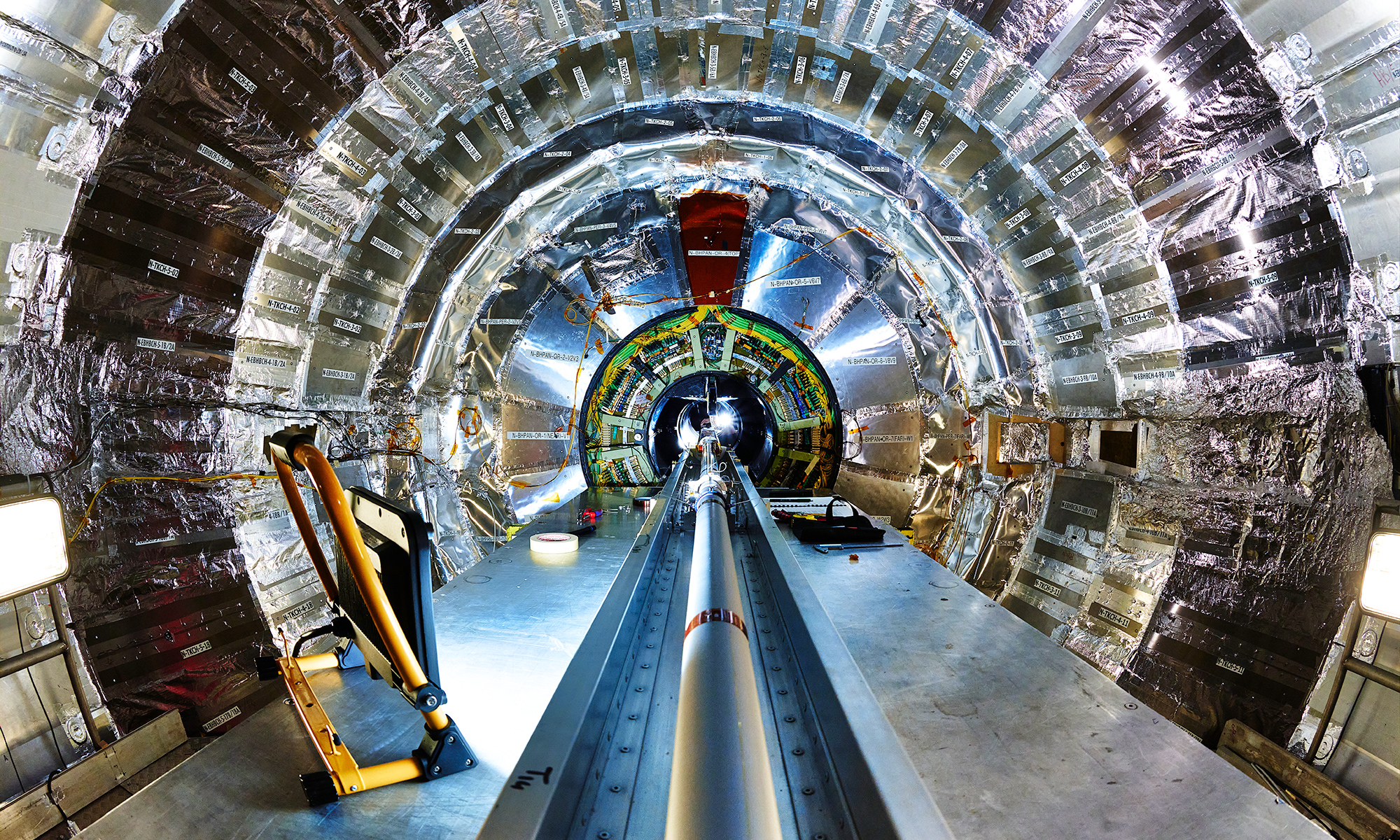Peter Neff, a postdoctoral associate in the University of Rochester’s Ice Core Lab, recently recorded a video that has since gone viral that shows the “unexpected and fascinating gunshot noise the ice makes” when it hits the bottom of a borehole in Antarctica. Neff suspects the sound is due to either a reverberation or the Doppler effect.
??Sound ON??
When #science is done, it’s fun to drop ice down a 90 m deep borehole in an #Antarctic ?? #glacier ❄. So satisfying when it hits the bottom.
Happy hump day. pic.twitter.com/dQtLPWQi7T
— Peter Neff (@peter_neff) February 28, 2018
The ice is amazing for reasons other than the bizarre noise it makes when it falls, however. Climate scientists like Neff and Vasilii Petrenko, an associate professor of Earth and environmental sciences at Rochester, use ice cores—cylinders of ice 10 inches in diameter and weighing up to 80 pounds—to learn about the earth’s past climate.
The researchers drill boreholes to remove ice cores from sites in Antarctica and Greenland. Tiny bubbles trapped in the ice contain ancient air that is up to hundreds of thousands of years old. By extracting and studying the air, climate scientists gain clues about past climate patterns, which can help them understand future climate change. In fact, using data from ice cores, Rochester researchers recently reported two big findings: human-made methane levels are higher than previously believed and it’s unlikely future warming will trigger a release of natural Arctic methane reservoirs.
“My overarching research interest is to use glacier ice as a medium for understanding the past and future evolution of Earth’s climate and environment,” Neff says. “There are so many questions we can explore just through the information trapped in the ice.”
These & other ice cores are how we know atmospheric CO2 / #GHG concentrations over the last 800,000 years.
Glacier ice traps ancient air, caught in the space between snowflakes ❄ as they are compressed into ice. Bubbly glacier ice on R, pure lab-made ice on L. pic.twitter.com/DjG6FOwk17
— Peter Neff (@peter_neff) March 1, 2018




